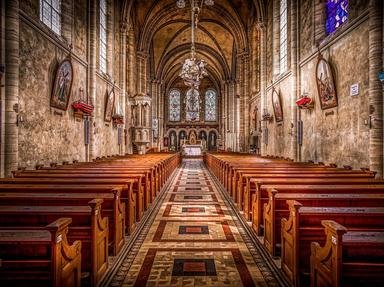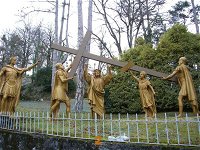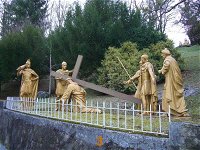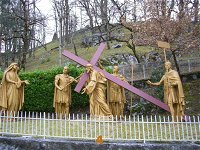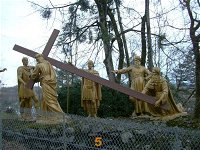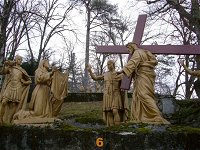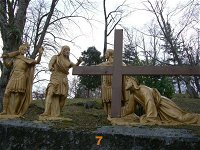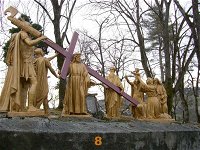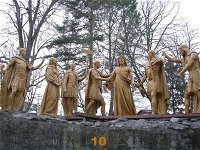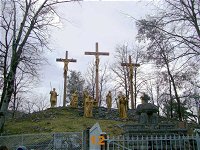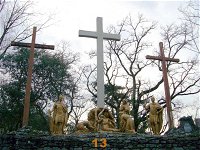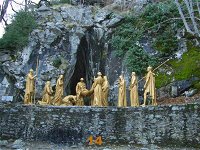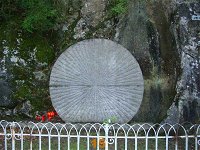Quiz Answer Key and Fun Facts
1. Jesus is condemned to death
2. Jesus carries His cross
3. Jesus falls the first time
4. Jesus meet His Sorrowful Mother
5. Simon helps Jesus to carry the Cross
6. Veronica wipes the face of Jesus
7. Jesus falls the second time
8. Jesus meets the women of Jerusalem
9. Jesus falls the third time
10. Jesus is stripped of his garments
11. Jesus is nailed to the Cross
12. Jesus is raised upon the Cross and dies
13. Jesus is taken down from the Cross
14. Jesus is laid in the tomb
15. The Resurrection
Source: Author
Midget40
This quiz was reviewed by FunTrivia editor
LeoDaVinci before going online.
Any errors found in FunTrivia content are routinely corrected through our feedback system.
